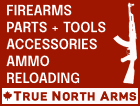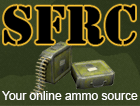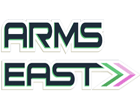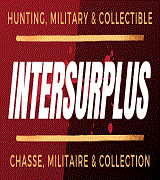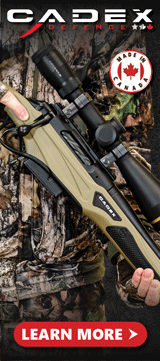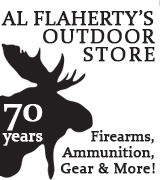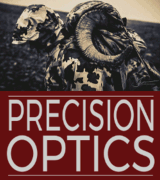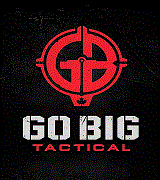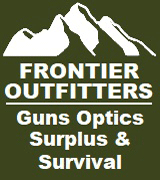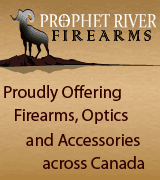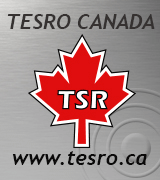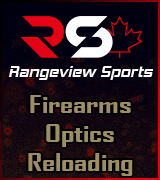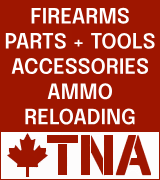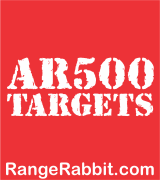You are using an out of date browser. It may not display this or other websites correctly.
You should upgrade or use an alternative browser.
You should upgrade or use an alternative browser.
Newbie question when shooting
- Thread starter wave480
- Start date
Thanks! I have a membership to a indoor range. so i should consider wearing a mask then
Don't take this for gospel, but, indoor ranges I think are required for range certification to have a fan and filtration system that blows all gas from the firing line down range, and then gets filtered before being recycled.
https://nfa.ca/wp-content/uploads/2...n-and-Construction-Guidelines-Jan-17-2014.pdf <---- Head to page 100, describes range ventilation requirements for indoor ranges.
Last edited:
- Location
- Nova Scotia
Don't take this for gospel, but, indoor ranges I think are required for range certification to have a fan and filtration system that blows all gas from the firing line down range, and then gets filtered before being recycled.
Not really. Most just got one that draws in fresh air and sucks out the bad.
If you got a range that shoots high volume and a less than par ventilation system, that's when you can get elevated lead levels.
N95 mask won't stop you from smelling the powder. But will help with inhaling the lead dust.
Not really. Most just got one that draws in fresh air and sucks out the bad.
If you got a range that shoots high volume and a less than par ventilation system, that's when you can get elevated lead levels.
N95 mask won't stop you from smelling the powder. But will help with inhaling the lead dust.
again, I am no expert, and not claiming to be 100% correct, but logic says that there are minimum requirements for ventilation set out by provincial and territorial agencies. It would also stand that these are inspected and tested every so often, so to claim that there are "less than par" ventilation systems I think is fear mongering.
But again, I am not an expert, it is just my interpretation of the RCMP documents pertaining to indoor firearm range requirements, and I very well could be interpreting them incorrectly. I am also very new to the scene, so, maybe the inspection regulations are completely lax in this regard.
- Location
- Nova Scotia
again, I am no expert, and not claiming to be 100% correct, but logic says that there are minimum requirements for ventilation set out by provincial and territorial agencies. It would also stand that these are inspected and tested every so often, so to claim that there are "less than par" ventilation systems I think is fear mongering.
But again, I am not an expert, it is just my interpretation of the RCMP documents pertaining to indoor firearm range requirements, and I very well could be interpreting them incorrectly. I am also very new to the scene, so, maybe the inspection regulations are completely lax in this regard.
All the ones I've shot at. Don't filter and recirculate the air. You get fresh air blowing behind you and down range it gets vented out. All pass the inspection for our province.
Less than par means 10 people shooting 100rds each in 45mins. Some are not made for shooting forward and you'll get stuck in a dust swirl.
All the ones I've shot at. Don't filter and recirculate the air. You get fresh air blowing behind you and down range it gets vented out. All pass the inspection for our province.
Less than par means 10 people shooting 100rds each in 45mins. Some are not made for shooting forward and you'll get stuck in a dust swirl.
I can't argue any of that. I just don't have the experience yet to sus out your statements in this regard, but it has me intrigued and I want to learn more about it.
can you provide me a few examples of such ranges where these detrimental conditions occur? I would like to investigate the layout and see what can be done to minimize such events. It's kinda a hobby of mine.
- Location
- Nova Scotia
I can't argue any of that. I just don't have the experience yet to sus out your statements in this regard, but it has me intrigued and I want to learn more about it.
can you provide me a few examples of such ranges where these detrimental conditions occur? I would like to investigate the layout and see what can be done to minimize such events. It's kinda a hobby of mine.
Sus me out all you want. Just alot of older ranges cannot handle alot of shooting in quick sucession. Like these were built in the 70s. Alot you are limited in space and costs. Some are going as far of shooting plated ammo only for IPSC. Something you wont really see in AB, with state of the art facilities. Once the ranges were used as HVAC designed it was much better. You're always gonna smell the smoke.
There was a increase in lead levels in this group of shooters. We used to stand at the 5/7/10/15 yard line so we were always in the swirl zone. Now we made targets so we can stay further up.
Not trying to scare anyone. But occasional shootung indoors isn't gonna bother you and hardly will get elevated lead levels. It's when you get a group of 10 plus shooting 100rds in a short period weekly you'll mind start to worry.
